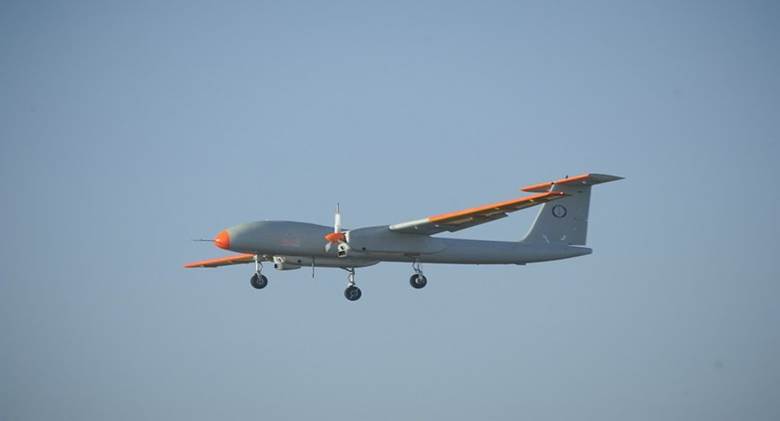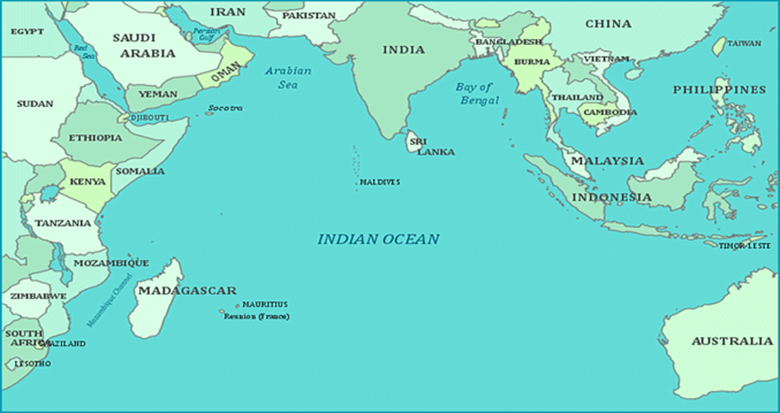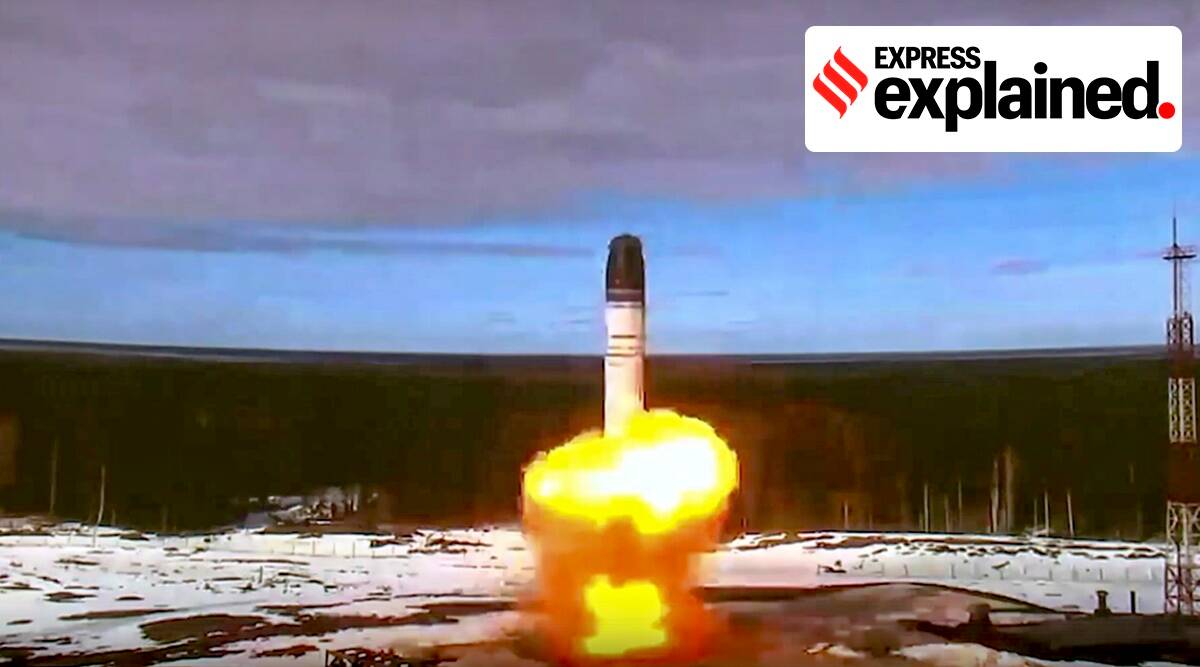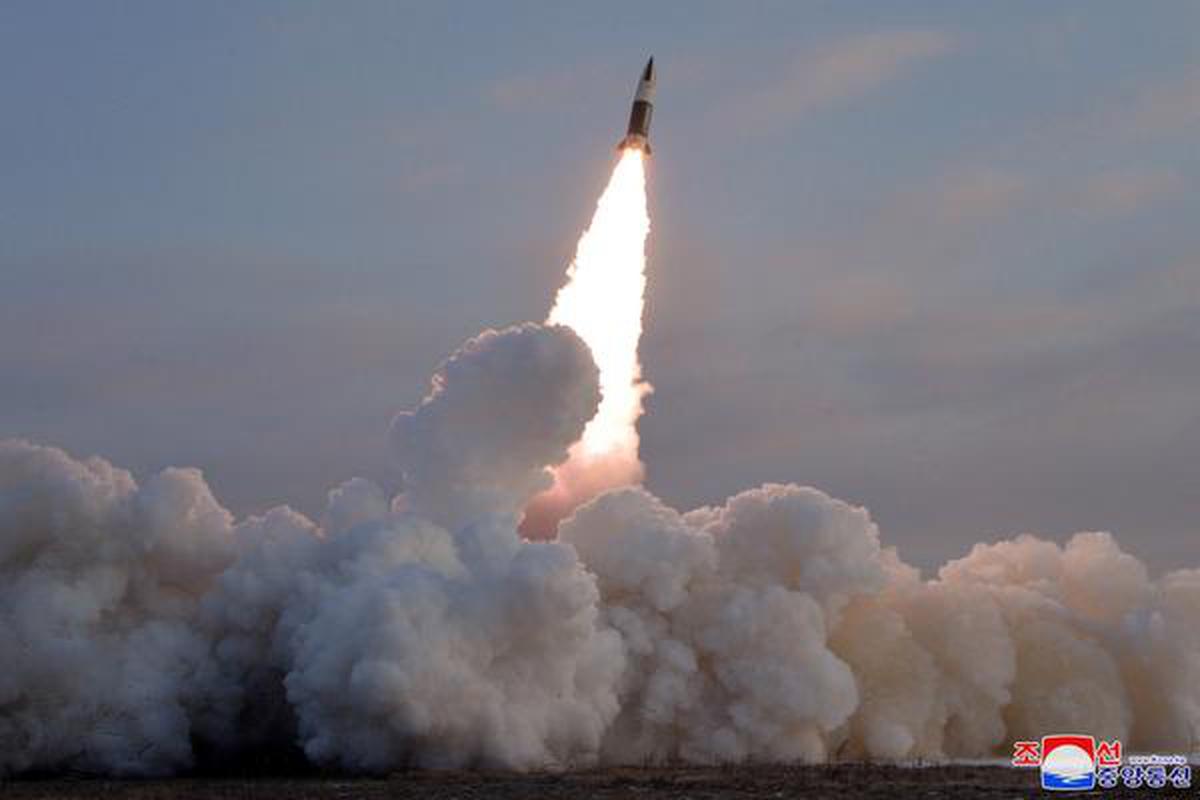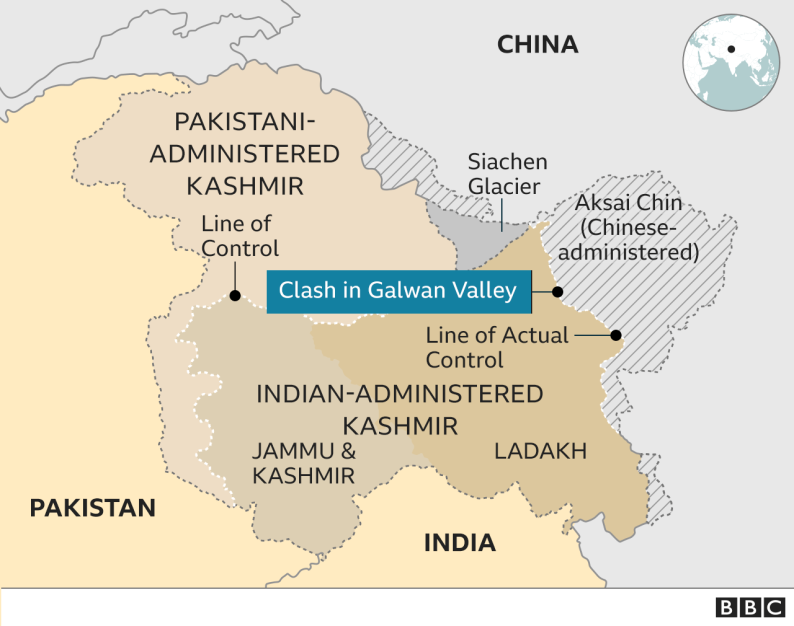Description
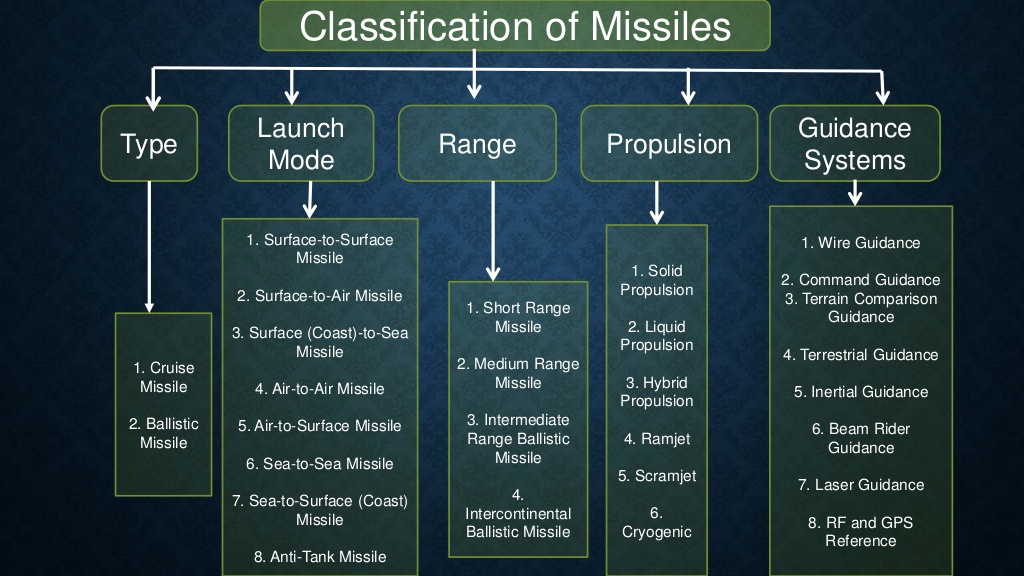
Copyright infringement is not intended
Context: North Korea fired a new intercontinental ballistic missile on Tokyo and Seoul. North Korea is banned from developing any ballistic missiles under UN Security Council resolutions and is under multiple international sanctions over its weapons programmes.
Ballistic Missile:
- A ballistic missile follows a ballistic trajectory to deliver one or more warheads on a predetermined target.
- These weapons are guided only during relatively brief periods—most of the flight is unpowered.
- Short-range ballistic missiles stay within the Earth's atmosphere, while intercontinental ballistic missiles (ICBMs) are launched on a sub-orbital trajectory.
- Ballistic missiles can be launched from ships and land based facilities. For example, Prithvi I, Prithvi II, Agni I, Agni II and Dhanush ballistic missiles are currently operational in the Indian defence forces.
Intercontinental ballistic missiles (ICBMs)
- ICBM is a missile with a minimum range of 5,500 kilometres designed for nuclear weapons delivery (delivering one or more thermonuclear warheads).
- Similarly, conventional, chemical, and biological weapons can also be delivered with varying effectiveness, but have never been deployed on ICBMs.
- India, Russia, the United States, North Korea, China, Israel, the United Kingdom and France are the only countries that have ICBMs.
https://www.livemint.com/news/world/north-korea-fires-new-icbm-in-largest-test-since-2017-11648115377118.html





